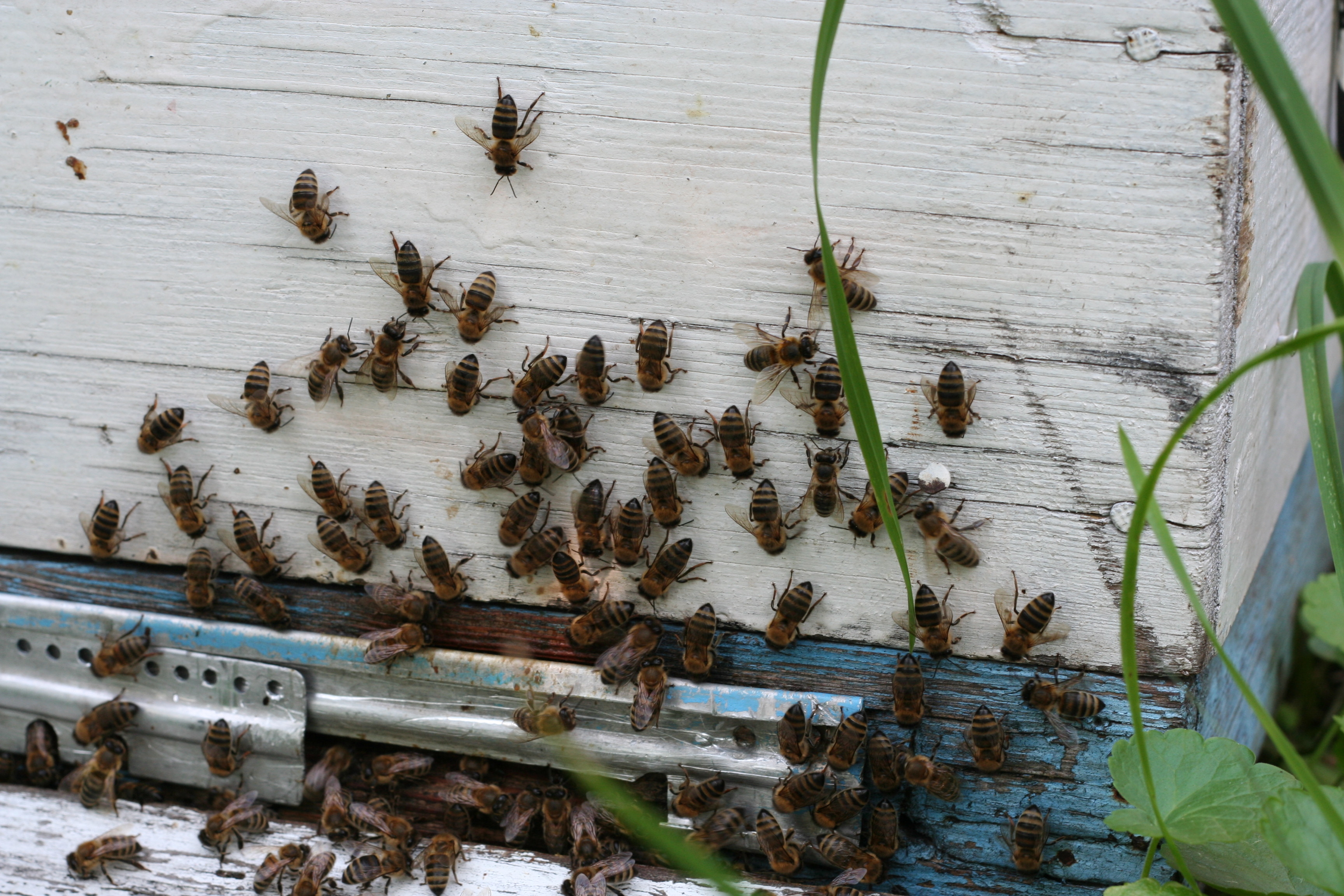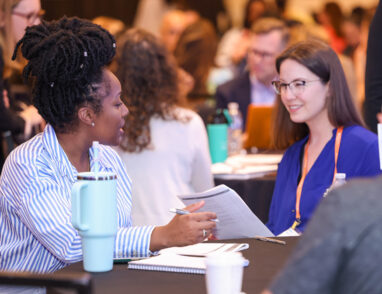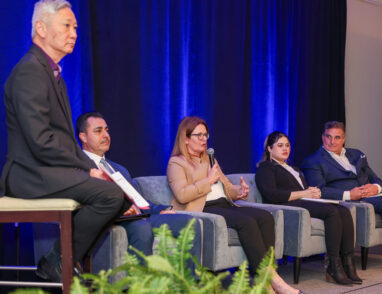What Can We Learn From a College Essay About Bees?
December 4, 2017 · Michael S. Barr, MD

I was in the audience listening to the guest speaker, Dr. John Fleming of ONC, at the NCQA/HL7 Digital Quality Summit on November 1 waiting for my cue to get on stage to kick-off the working part of the meeting. In the audience were policy wonks, health IT experts, measure developers and other interested parties. I was unusually anxious because I had not prepared any opening remarks and only had a scant outline of “must say” announcements from my staff. I was also quite sleep-deprived thanks to my 17-year old son.
Every year, high school seniors submit their college applications in the fall. Like most parents, my wife and I encouraged our teenager to start the process early.
July: “Start thinking about your essays.”
August: “Have you listed some topics to write about?”
September: “Have you downloaded all the college-specific questions, yet?”
Of course, it should come as no surprise that late into the night of October 31, the last few hours before the early decision deadline (and the night before the Digital Quality Summit), our son was hard at work on the last essay. It would be another late night for all of us since my wife and I were coaches, critics, and proofreaders throughout this entire college application process and we weren’t going to stop yet. The essay required that the writer identify a complex problem and propose a way to solve it with a multi-disciplinary approach.
My son decided to write about the threat to beehives from quick changes in the ambient temperature. Evidently, worker bees keep the queen bee warm when temperatures drop by grouping together in the hive and leave the hive when the temperature is safe. However, if temperatures drop unexpectedly, queen bees can inadvertently be exposed to deadly temperatures if the worker bees cannot get back in time. His solution? A temperature regulator for beehives to maintain a safe environment for the queen bee. He began the essay highlighting the economic contribution bees make to the U.S. farming industry (about $15 billion). Before describing the various engineering issues and experts needed, he emphasized the need to involve beekeepers in the design of the temperature regulator because of the special relationship between beekeepers and their bees as well as their knowledge about the bees. He made it clear that without the beekeepers’ input, the effort might fail.
As I sat in the audience, the next morning, anxious about my lack of preparation, I reflected on my son’s essay and suddenly realized his essay was all I needed to open the session. My charge to the attendees was to encourage them to work across disciplines to prove the usefulness of emerging technical standards in the creation and deployment of quality measures. I quickly scribbled some notes on the back of the printed agenda literally two minutes before taking the stage. After sharing the essence of my son’s essay, I drew the parallel between his remarks about involving beekeepers in the design of the beehive solution and our need to involve patients and clinicians in the design and prioritization of quality measure development.
It was hard for me to tell whether the comments resonated with the audience. A few people came up to me afterward with nice comments. More important to me was the pride I felt in being able to share my college-bound son’s idea that experts should involve those who are most affected by the issues being addressed and the potential solutions they will consider.
This wasn’t the first time he taught me a lesson I could translate for professional use. When he was twelve years old I wrote a blog entitled, “What Can a 12-year-old Teach Us about Care Coordination?” on the AmericanEHR website. That episode involved online gaming and the police.








